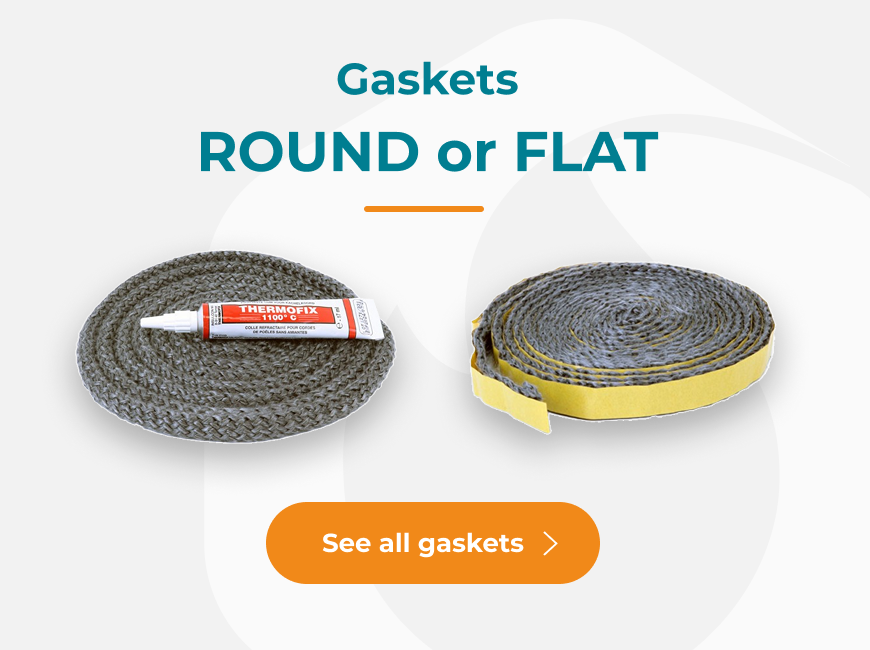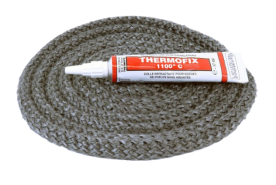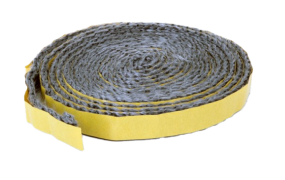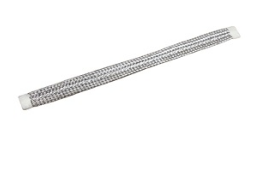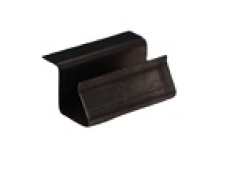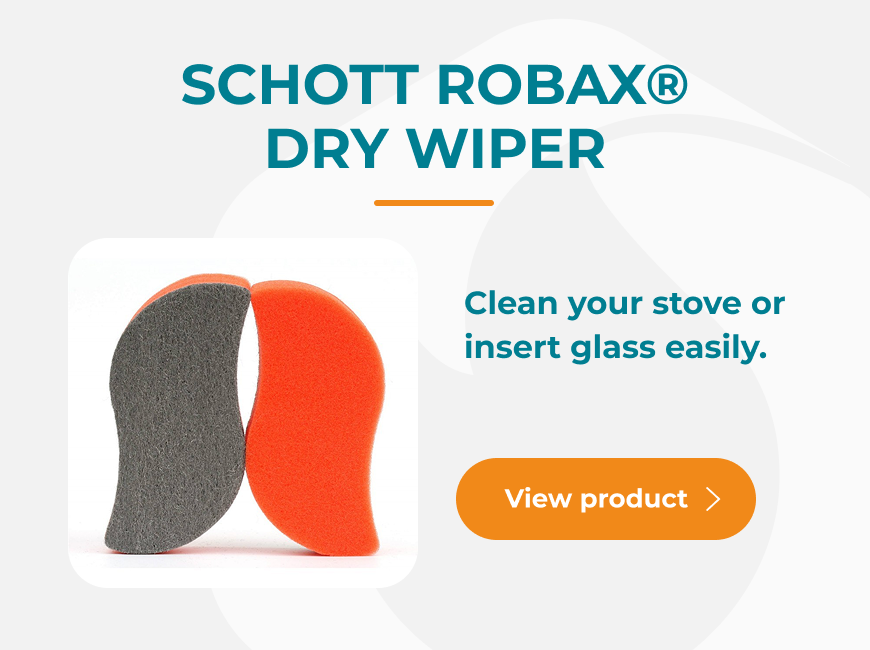When deciding to install a wood or pellet stove at home, it is essential to consider all factors, especially when it comes to safety. It is crucial to diligently follow the guidelines issued by the stove manufacturer, as well as those related to the floor plate and wall protection. These instructions are essential to ensure safe use.
It is important not to forget that proper installation of these elements is of paramount importance for the preservation of your home, the safety of your family, and the protection of your property.
Why Install Wall Protection for My Stove?
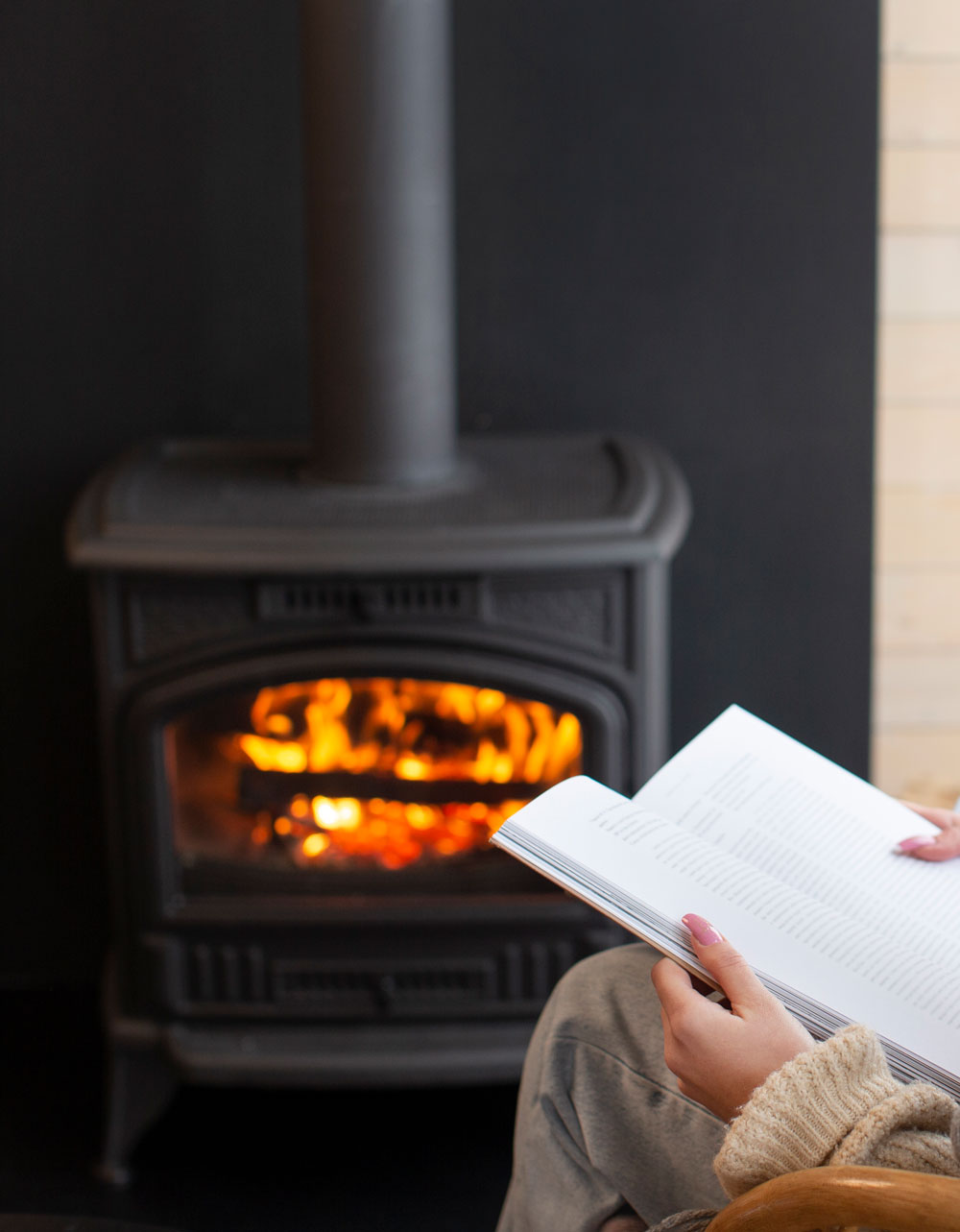
When acquiring a stove, whether it runs on wood or pellets, it is highly advisable to consider installing wall protection.
It Protects Your Walls
As the name suggests, it plays an essential role in preserving your walls. The high temperatures generated by your heating system can gradually damage the surrounding walls and alter their color.
It Reduces Fire Hazards
The presence of wall protection also helps minimize fire risks by preventing direct heat accumulation on the adjacent wall, thereby reducing the risk of combustion of the wall material.
It Improves Heating Efficiency
Adding wall protection enhances the overall efficiency of your heating system by evenly distributing heat in the room. This allows you to make the most of the heat produced by your stove, which can potentially reduce wood or pellet consumption.
It Complies with Safety Standards
In several regions, local or national safety standards may require the installation of wall protection. By adhering to these regulations, you ensure the compliance of your installation, which is essential for your safety and to avoid potential penalties or fines.
It Becomes a Decorative Element
Wall protections are available in a variety of designs, materials, and colors. They not only provide essential protection but can also add a decorative dimension to your living space, contributing to the overall aesthetics of your interior.
How to Maintain the Safety Distance for My Wall Protection?
Before proceeding with the installation, be sure to carefully review the user manual and manufacturer's recommendations for your stove. These documents will provide you with precise guidelines regarding the recommended safety distances for your specific stove model.
Additionally, remember to consult local authorities and safety standards in your area, as there may be specific requirements concerning safety distances for stove installations.
The Safety Distance for My Wall Protection
The safety distance that must be maintained between the combustible wall (such as drywall or wood) and the flue must be equal to 3 times the diameter of the flue, with a minimum of 37.5 cm.
In the presence of wall protection, this distance is reduced to 1.5 times the diameter of the flue, with a minimum of 20 cm.
Here is a table with the minimum safety distances to be respected:

Regarding the distance between the stove and the combustible wall without wall protection, it is essential to consult the manufacturer's recommendations for the appliance, especially if the wall is composed of flammable materials.
Even with wall protection in place, it is imperative to follow the manufacturer's guidelines, even when the wall is made of non-flammable materials.
If you have doubts about your ability to install wall protection properly, it is strongly recommended to seek the assistance of a qualified professional. They have the expertise required to ensure compliance with safety distances and correct installation of wall protection.
Why Install a Floor Plate Under My Stove?
When you decide to install a wood or pellet stove in your home, it is essential to opt for a floor plate because it offers multiple benefits.
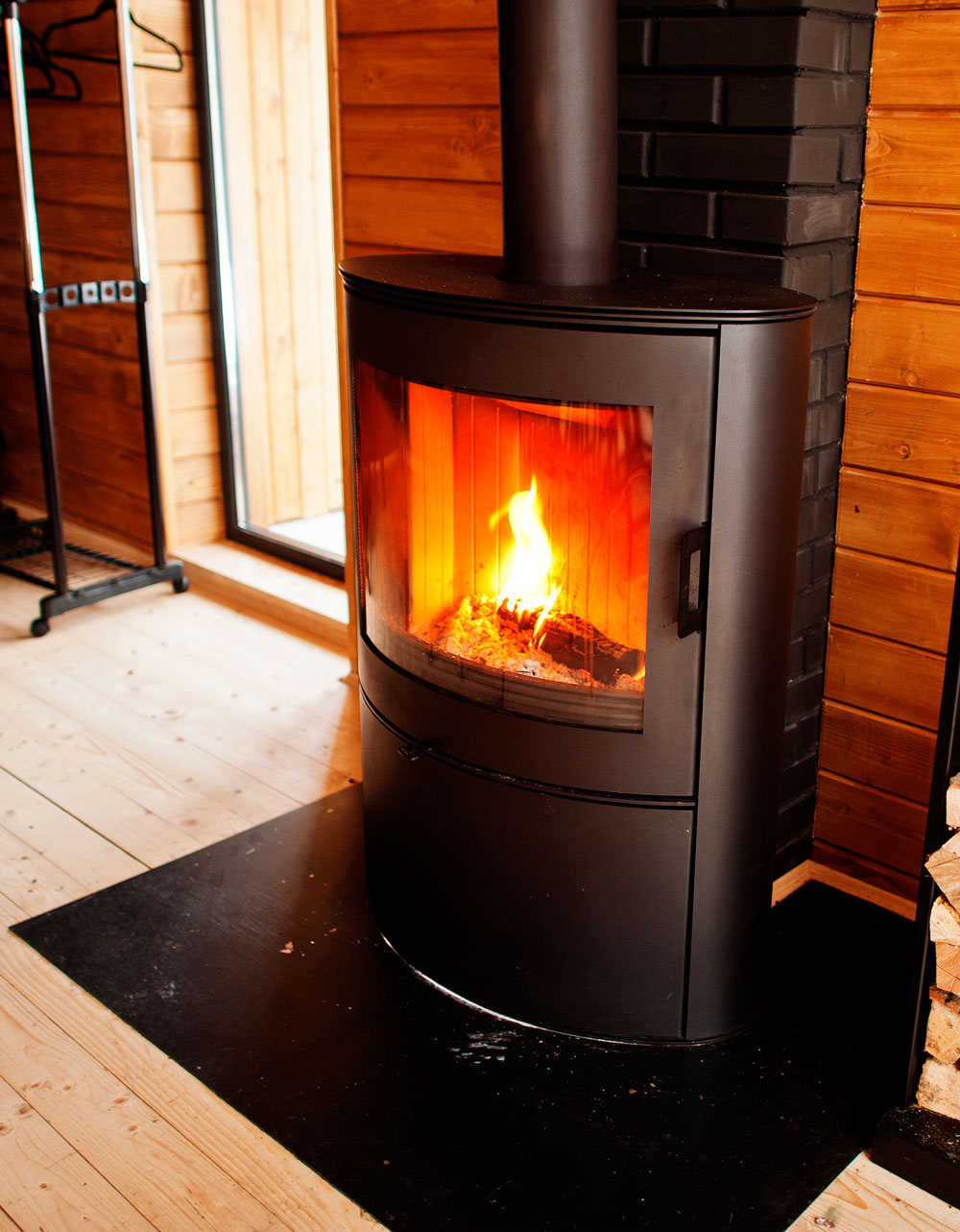
Protection for Your Flooring
Just like wall protection, the floor plate plays a crucial role in preserving your flooring from potential damage caused by heat, sparks, or even ashes that could escape from your heating appliance. During its use, your appliance can reach very high temperatures. That's why a floor plate made of glass, stainless steel, or steel acts as an effective barrier to prevent heat from penetrating or damaging the flooring, especially if it's made of sensitive materials like wood or carpet.
Prevents Fire Hazards
The floor plate plays a crucial role in fire prevention. By limiting the spread of heat under the stove, it effectively prevents direct contact between the stove and flammable materials on the floor. This significant measure greatly reduces the risk of accidental floor combustion, ensuring the safety of your home.
To Comply with Regulatory Safety Standards
The need for a protective plate for a stove-chimney is justified legally when there are flammable floor materials. These flammable materials include, in particular, carpeting, laminate, and wood.
What Safety Distances Should Be Observed for My Stove-Chimney Floor Plate?
The dimensions of the floor plate must comply with the minimum safety distances, which are determined based on the size of the appliance. These safety measures are generally specified in the installation manual provided by the manufacturer.
The required safety distances for your floor plate depend mainly on the characteristics of your stove, the type of fuel used, local regulations, and the guidelines provided by the manufacturer.
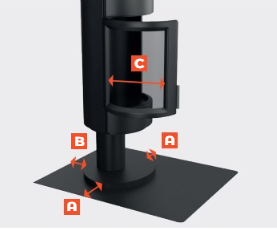
The sizing of the floor plate must establish minimum safety spaces that are required around the heating appliance based on its size. These spaces include the sides (labeled as "A"), the back of the appliance (labeled as "B"), as well as the front area, also known as the "loading zone" (labeled as "C"). Please refer to the attached photo.
The floor plate must cover the area designated as the "loading zone" of the stove, including the back and sides.
It is necessary for it to extend sufficiently around the stove to ensure protection against sparks and heat. Usually, a minimum distance of at least 15 to 30 centimeters on each side of the stove is recommended, but it is essential to consult the specific instructions for your stove to determine the exact required distance.
Ensure that the floor plate extends a certain distance from adjacent walls, which can vary depending on the stove model and the materials used for the plate but is generally recommended to be at least 15 to 30 centimeters.
To ensure a secure installation, it is strongly advised to seek the expertise of a qualified professional. They will be able to assess your safety needs, taking into account the type of stove you have and the specifics of your home.
Feel free to contact us if you have any questions.



















